Resources
Five of SA’s unique Threatened species (and how you can help)
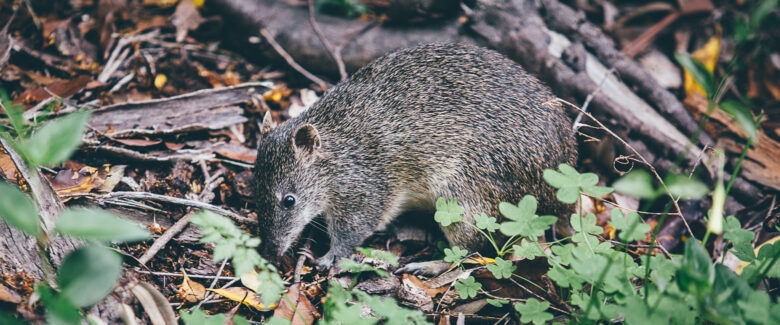
Five of SA’s unique Threatened species (and how you can help) – Jason Tyndall
I often ask students, teachers, and those at our events what endangered animals they know. I hear the usual suspects in response: the high-profile species of orangutans, tigers, rhinos, and gorillas, which is a positive starting point. Awareness of the plight of these creatures is essential.
Then, I narrow my questioning, “how many endangered native species do you know?” The most common answer is “bilbies.” When I drill down further to ask about South Australian species, I get few responses. Occasionally, someone might mention the Orange-bellied Parrot.
Does that mean there aren’t many endangered South Australian species? Unfortunately, not.
South Australia’s Native Threatened Species
To deepen our understanding, let’s start with terminology. ‘Threatened’ covers all species in Australia with a state or national conservation rating (this includes categories such as rare, vulnerable, and endangered). From this point, I’ll therefore replace ‘endangered’ with ‘threatened.’
Threatened Species Day is recognised annually on 7 September to raise awareness about Australian plants and animals at risk of extinction. One of the best things we can do – as South Australians and as a community – is to learn about our local threatened species.
Incredibly, around 200 plant and animal species in South Australia are considered threatened at the national level. When we look at state-level recognition, there are over 1,000 species.
I’ll let that sink in.
There are over 1,000 South Australian plant and animal species listed as threatened under South Australia’s National Parks and Wildlife Act 1972.
Let’s start by getting to know some of these species including the Southern Brown Bandicoot, Far-eastern Curlew, Purple-spotted Gudgeon, Greater Stick-nest Rat, and the White Spider Orchid. Along with over sixty-five other threatened plants and animals, these five species feature in Nature Play SA’s new book – Where Birds Sing and Wildflowers Dance: a companion to exploring SA’s National Parks.
Southern Brown Bandicoot (SA: Vulnerable / Aus: Endangered)
Before European settlement, the Southern Brown Bandicoot was one of eight Bandicoot species found across South Australia. Now, they’re the only species left. They find themselves in this precarious position because of habitat loss and predation from cats and foxes. Sometimes confused with a rat, their pointed nose (ideal for digging), rounded rump, and short tail are the traits to look for – you can sometimes spot them amongst dense ferns, yaccas, and invasive blackberries, particularly in the Adelaide Hills. One of the main strongholds in SA is the Mt Lofty Ranges in places such as Belair National Park, Cleland Conservation Park and Scott Creek Conservation Park.
Learn how to help bandicoots by checking out iBandi or join a Friends of Parks group that works within Bandicoot habitat such as Scott Creek CP or Belair NP.
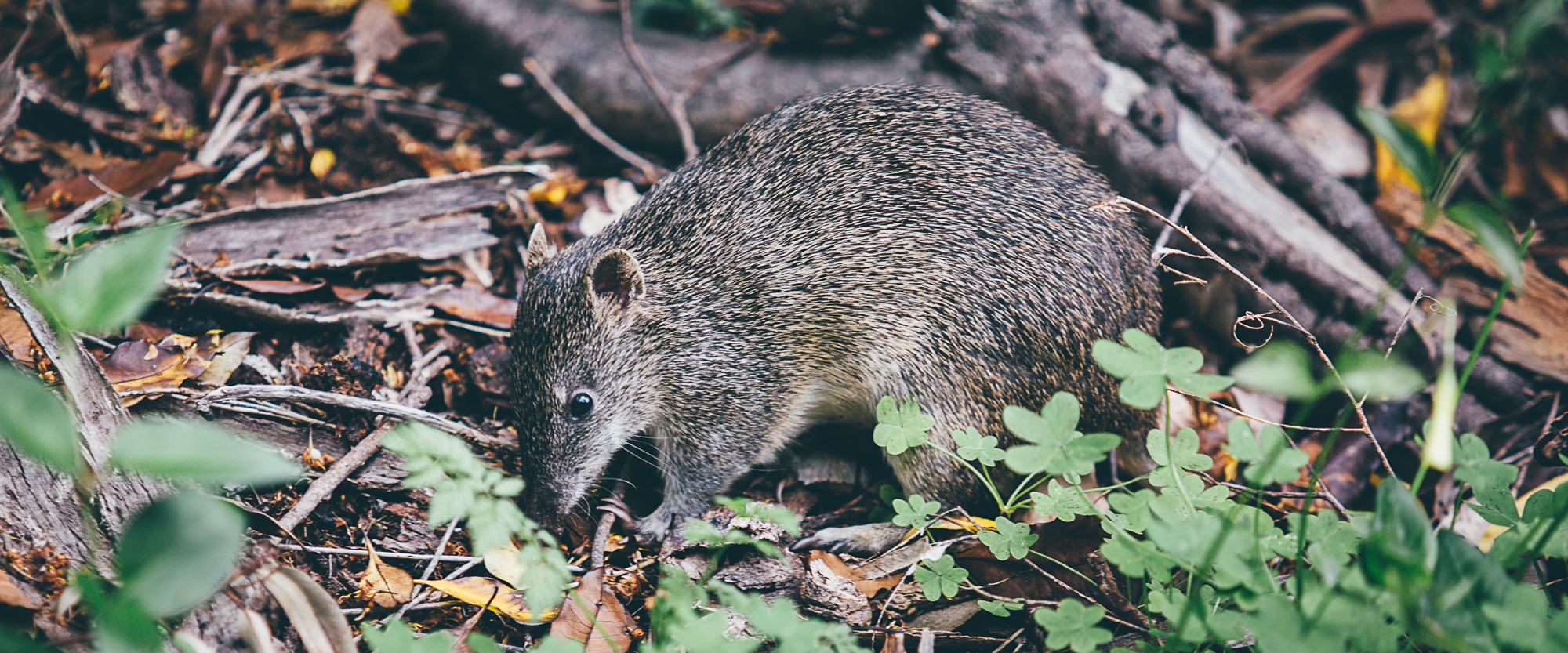
Photo: Jason Tyndall
Far Eastern Curlew (SA: Endangered / Aus: Critically Endangered)
The migratory Far Eastern Curlew travels more than 10,000km annually, flying from their breeding grounds in Siberia to our Adelaide shores. You may be able to see them from mid-spring through to mid-autumn at the Adelaide International Bird Sanctuary National Park – Winaityinaityi Pangkara (pack binoculars as you must view them from a distance). After feeding and regaining weight and strength, they once again embark on the long-haul flight back to Siberia.
Over the last thirty years, the population of the Far Eastern Curlew has suffered an almost 50% reduction in Australia, placing them at the highest National rating of Critically Endangered. For more information on how to help migratory shorebirds consider joining the Friends of Adelaide International Bird Sanctuary, become a Coastal Ambassador or Youth Coastal Ambassador, and/or read about the local Shorebirds project.

Photo: Pete Watton
Southern Purple-spotted Gudgeon (SA: Critically Endangered)
Native fish often fly (or swim) under the radar, and the untrained eye rarely sees them. Pollution, water flow changes, weeds, and introduced fish, such as carp, pose ongoing risks to native fish. With many South Australian creeks, rivers, and wetlands in poor health, it’s easy to see why the Southern Purple-spotted Gudgeon, and other native fish species are suffering.
Once thought to be extinct in SA, a small population has been confirmed in the Lower Murray. Creek restoration projects are critical to conserving native fish, whether in a National Park, along the Torrens or Murray Rivers, in a local council reserve (such as Oakland’s wetlands), or private property. For more information about SA’s threatened fish, check out the Action Plan for SA Freshwater Fishes. There are also many Friends of Parks and volunteers groups who restore creeks, rivers and other wetland systems that people can get involved with such as the Friends of Sturt River Landcare.
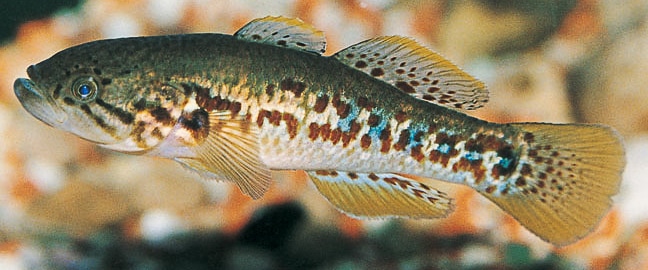
Photo: Michael Hammer
Greater Stick-nest Rat (SA: Vulnerable / Aus: Vulnerable)
Fluffier and arguably cuter than a house or farmyard rat, Greater Stick-nest Rats, or ‘Stickies’ as they’re affectionally known, are outback-loving rodents that have come frighteningly close to extinction. On the mainland, they exist only within fenced wildlife reserves such as Mt Gibson Wildlife Sanctuary (WA), Mallee Cliffs National Park (NSW) and those managed by Arid Recovery (SA) – a lifeline for many threatened mammals. The only place Greater Stick-nest Rats roam wild is on offshore islands free from foxes and cats.
These rats build enormous communal nests, often up to a metre high and several metres wide. The key ingredient for their solid homes is their sticky urine, which binds the sticks like glue, along with supreme weaving abilities. Their nests last for many years, housing generations of ‘stickies’. For more information and ways to help recovery efforts check out Arid Recovery and the Australian Wildlife Conservancy.
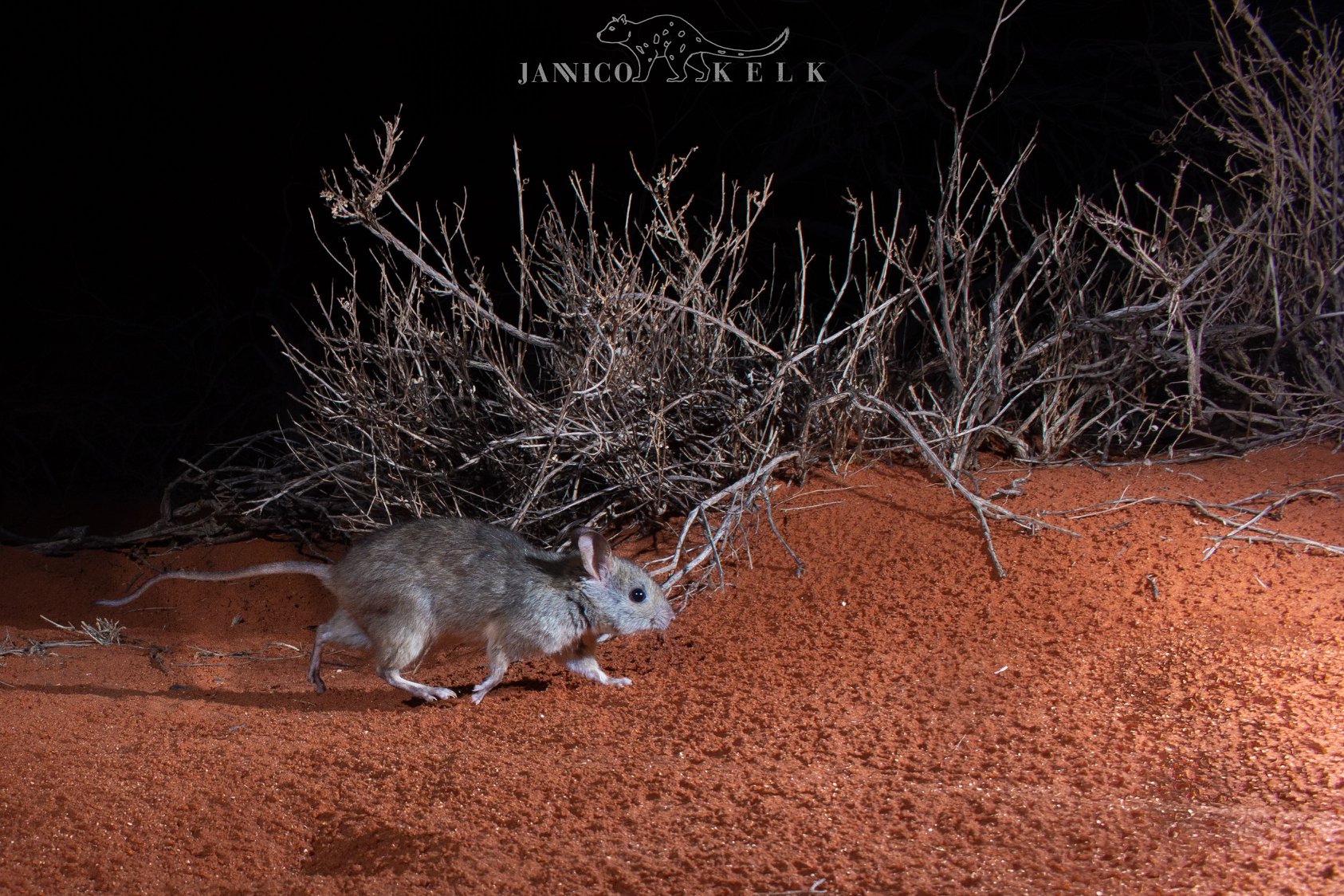
Photo: Janico Kelk
White Spider Orchid (Aus: Endangered / SA: Endangered)
For many, when they think of orchids, they immediately imagine the striking flowers found in florists. Native orchids are quite the opposite. They’re often tiny and easy to miss – delicate and beautiful in their own unique way. One of the fascinating things about orchids is their relationship to pollinators. We usually think of honeybees as primary pollinators, but many orchids have relationships with native bees, wasps, and insects. The White Spider Orchid, has long white petals that hang from the centre of the flower, awaiting pollination by native bees, which helps the orchid to produce seed and survive.
It’s rare to find one, as their habitat has declined significantly from land clearance. The work of ecologists, Friends of Parks, bushcare contractors, volunteers and groups and organisations who dedicate their time to restoring and monitoring habitats are crucial to the continued recovery of the White Spider Orchid and other native species. And while ecologists are trained experts, you don’t need to be a professional to make a positive conservation impact. I have spent many hours volunteering with Friends of groups, and it is so rewarding to realize that every weed you pull, seedling you plant, or species you monitor makes a difference.
To help SA’s native orchids, check out Wild Orchid Watch, Native Orchid Society of South Australia, or volunteer with Friends of Parks or other volunteers groups.
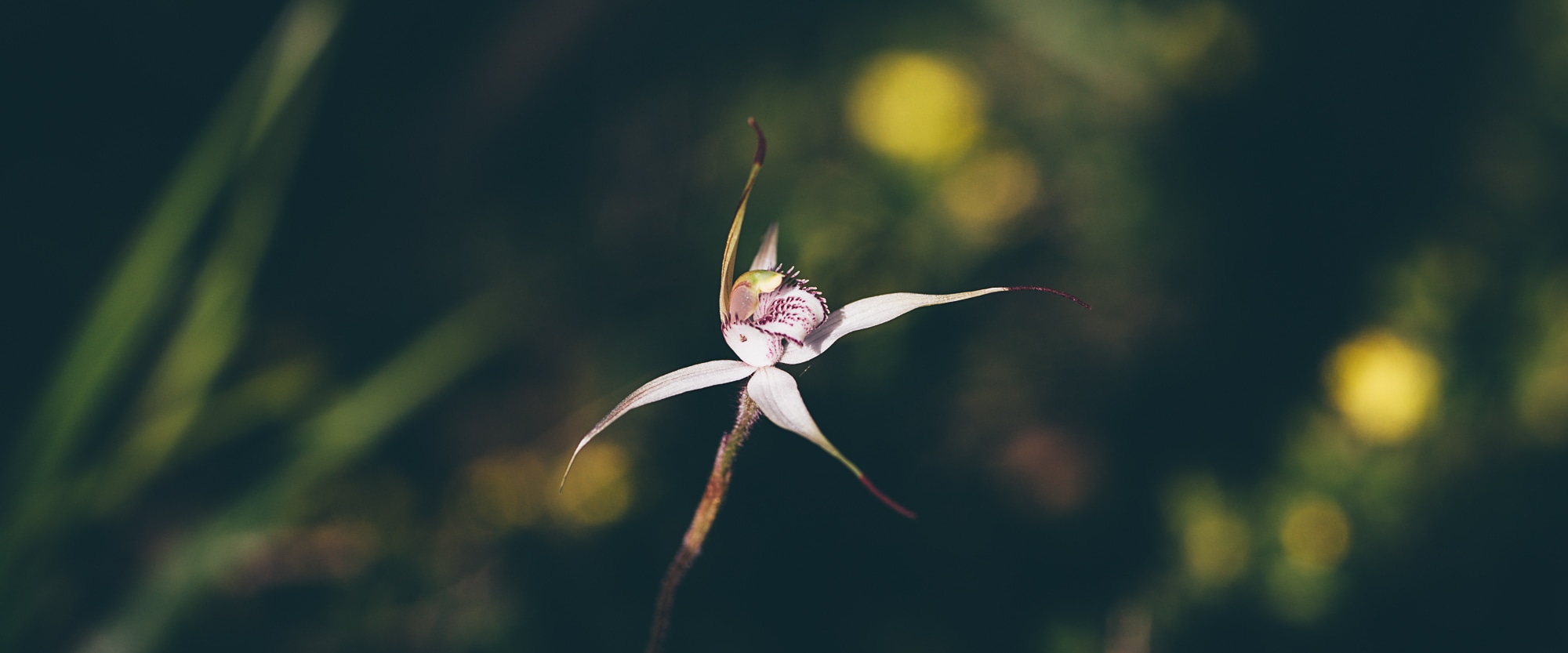
Photo: Jason Tyndall
How to help conserve local threatened species
Across SA there are thousands of volunteers, hundreds of experts, and dozens of groups and organisations who work tirelessly towards conserving threatened species. Some that haven’t already been mentioned include: Department for Environment and Water, Landscape Boards such as Green Adelaide, Trees for Life Inc., Conservation Council SA, Butterfly Conservation South Australia, Greening Australia, Experiencing Marine Sanctuaries, Field Naturalist Society of South Australia, Bio-R, Zoos South Australia, Nature Glenelg Trust, Nature Foundation, SA Museum, and many more.
Learn More
If you want to learn more about SA’s threatened species or common plants and animals across SA you can purchase a copy of Where Birds Sing and Wildflowers Dance from the Nature Play SA online shop. It contains over 680 illustrated plants and animals including over 70 threatened species.





